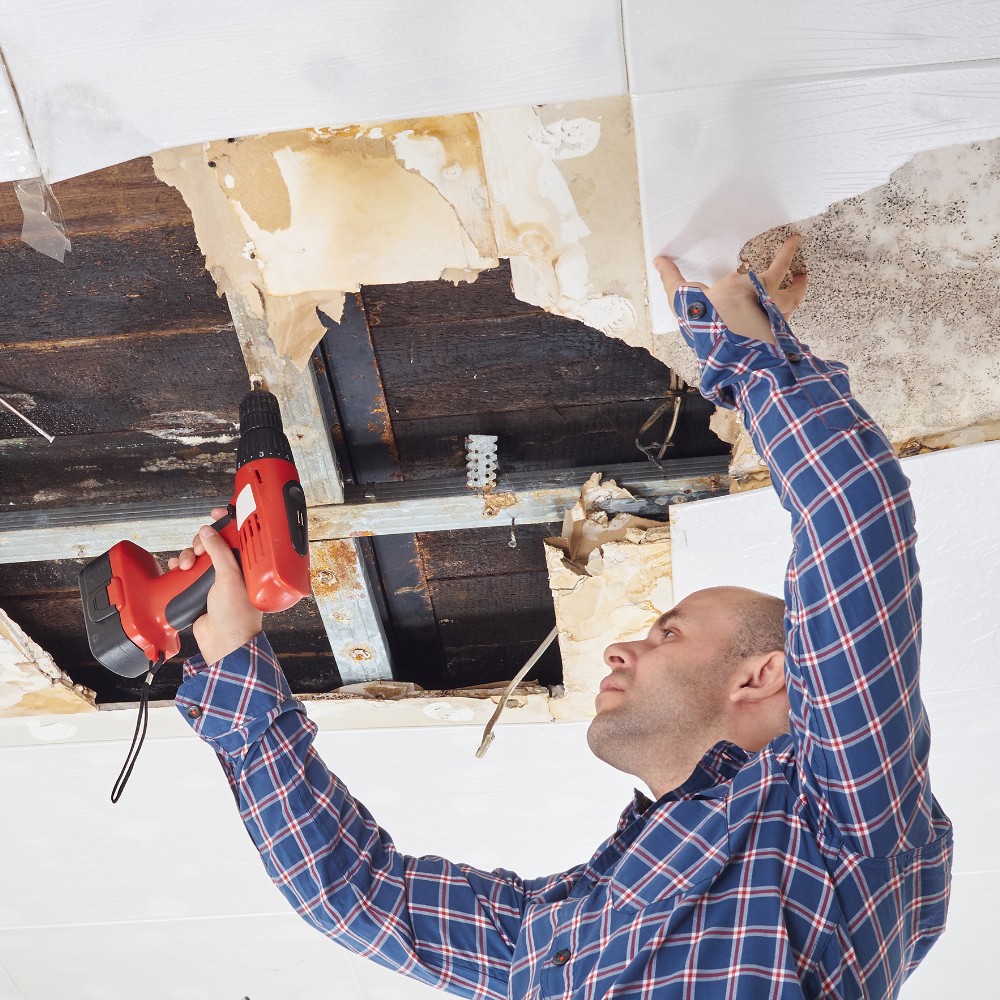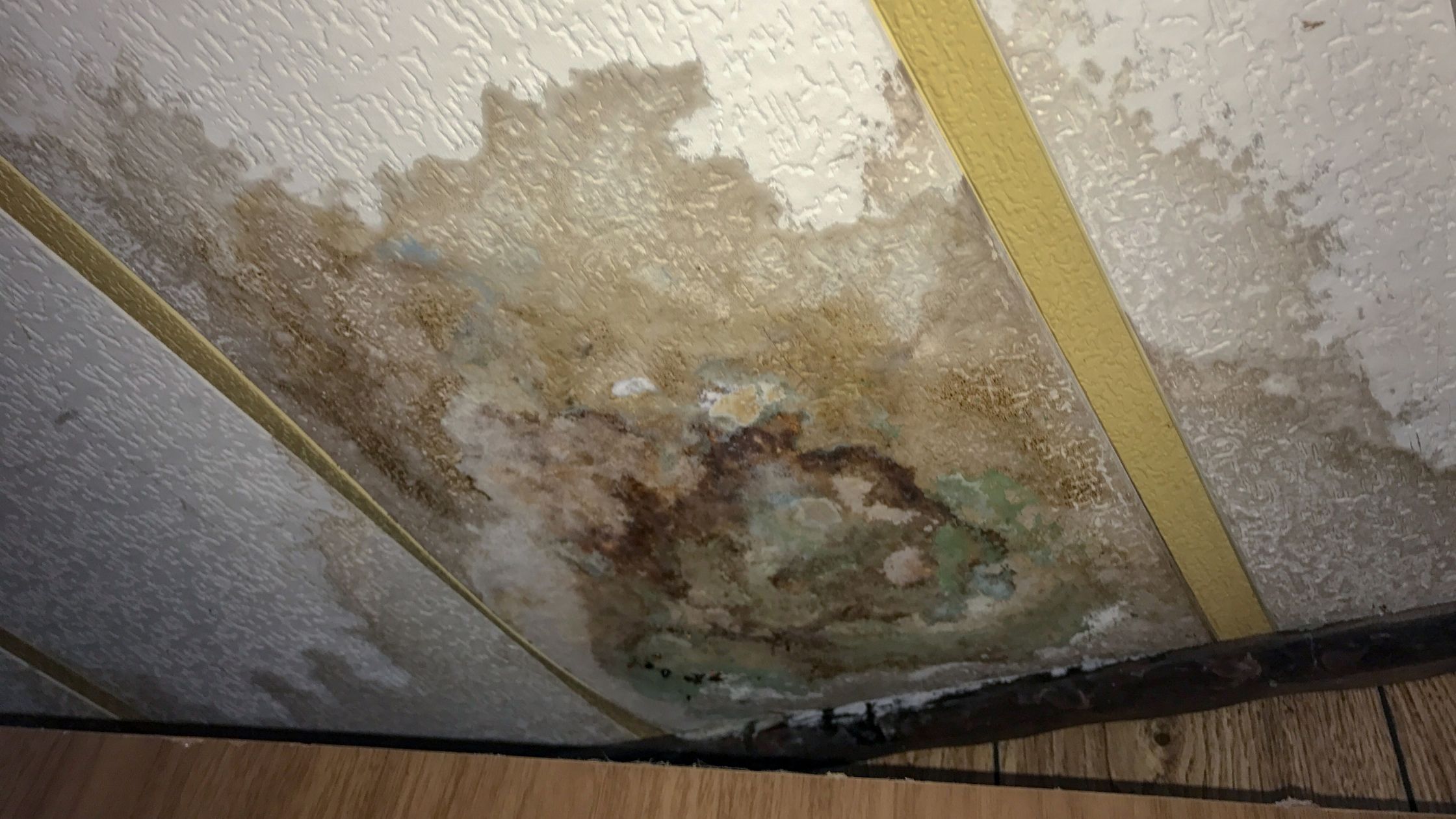Reliable Water Reduction Techniques You Need to Know
Water damage can be a expensive and disruptive concern for residential or commercial property owners, making it vital to be skilled in effective water mitigation techniques. From very early detection and assessment to reliable water removal approaches and complete drying techniques, there are vital steps to take in mitigating water damages.

Early Discovery and Evaluation
Early detection and examination are essential action in the procedure of water reduction to determine and deal with prospective resources of water damages promptly. By performing regular evaluations of plumbing systems, home appliances, and architectural components, water mitigation experts can proactively determine areas prone to leaks, condensation, or flooding. Via thorough assessments using innovative innovation such as wetness meters and thermal imaging electronic cameras, experts can discover covert water invasion that may not be instantly visible to the naked eye. Identifying these problems at an early stage can stop additional rise of water damages, ultimately saving time and resources in the mitigation process.
Moreover, very early discovery enables quick action to be absorbed drying out influenced locations and carrying out essential fixings to stop mold and mildew growth, structural damage, and various other long-term consequences of water damage. Timely treatment not just alleviates the immediate influence of water invasion however also aids in protecting the honesty and security of the home in the future. Consequently, prioritizing very early discovery and evaluation as fundamental parts of water reduction techniques is crucial for effective damages control and repair efforts.
Efficient Water Extraction Techniques
Detection and evaluation are crucial steps in any type of water mitigation process, laying the foundation for reliable water extraction methods to promptly get rid of excess water from impacted locations. When the extent of water damages is assessed, it is crucial to use effective extraction strategies promptly. Water extraction can be accomplished through various techniques, including using effective pumps, damp vacuum cleaners, and dehumidifiers.
Professional water mitigation teams usually use completely submersible pumps to swiftly remove huge amounts of water from the properties. These pumps are qualified of extracting water at a rapid pace, minimizing the danger of further damages to the home. Wet vacuums are additionally commonly utilized to target smaller sized locations or hard-to-reach spaces where standing water lingers.
Additionally, dehumidifiers play a crucial duty in the water extraction process by lowering dampness levels in the air and speeding up the overall drying time - mold mitigation saratoga. By integrating these removal approaches strategically, water reduction professionals can efficiently extract water, alleviate damages, and stop mold development, eventually bring back the affected location to its pre-loss condition
Thorough Drying Techniques
To make certain comprehensive water damages mitigation, detailed drying strategies are necessary in getting rid of residual moisture and preventing possible architectural concerns. After water removal, the focus shifts to drying out the impacted areas entirely. One efficient approach is the usage of industrial-grade dehumidifiers to reduce humidity levels, helping in the evaporation of wetness from surfaces and products. Appropriate air movement is critical for drying, and specialists may purposefully position air movers to improve circulation and quicken the drying process.
In cases of water damages, permeable materials like drywall and carpets can trap moisture, causing mold development and architectural weakening otherwise properly dried out. To address this, professionals may use specific equipment such as this wetness meters to measure wetness degrees within materials, guaranteeing complete drying out. Furthermore, the elimination of baseboards or piercing small holes in walls may facilitate drying in wall surface cavities where dampness can remain unnoticed.
Mold Prevention and Removal
Complying with the complete drying methods in water mitigation, the focus now changes towards addressing mold and mildew prevention and remediation to safeguard versus prospective health and wellness threats and architectural damage. Mold and mildew can rapidly create in areas affected by water damage, posing major health and wellness dangers and jeopardizing the stability of the building. To stop mold and mildew development, it is essential to immediately remove any kind of water-damaged materials, as well as completely tidy and sanitize the influenced locations. Correct air flow and dehumidification additionally play crucial duties in mold avoidance by reducing moisture levels that promote mold and mildew growth.
It is crucial to deal with mold and mildew concerns promptly and properly to stop further damages and guarantee the security of passengers. By implementing these mold avoidance and removal methods, the risks connected with water damages can be considerably lowered.
Architectural Repair Service and Remediation

Painting wall surfaces, replacing floor covering, and dealing with any kind of visible water discolorations are typical techniques. In addition, resolving any type of lingering dampness issues and guaranteeing correct air flow can aid avoid future structural damage and mold growth.
Final Thought
In verdict, efficient water mitigation techniques such as early detection, efficient water extraction, detailed drying out, mold and mildew prevention, and structural repair are vital in lessening damages and recovering affected areas (mold mitigation saratoga). By following these actions carefully, homeowner can reduce the impact of water damages and prevent more concerns such as mold and mildew development. It is important to act promptly and employ these methods to guarantee an effective water reduction procedure
Water damage can be a Learn More Here turbulent and expensive problem for property proprietors, making it vital to be fluent in reliable water mitigation methods. From early discovery and evaluation to effective water removal techniques and extensive drying out techniques, there are necessary actions to take in mitigating water damage.Early detection and examination are essential actions in the process of water mitigation to identify and resolve potential sources More Help of water damage without delay.Discovery and examination are essential steps in any kind of water reduction procedure, laying the structure for efficient water removal techniques to swiftly eliminate excess water from impacted locations.In verdict, reliable water mitigation methods such as early detection, efficient water removal, detailed drying out, mold avoidance, and structural repair work are essential in decreasing damage and bring back affected areas.